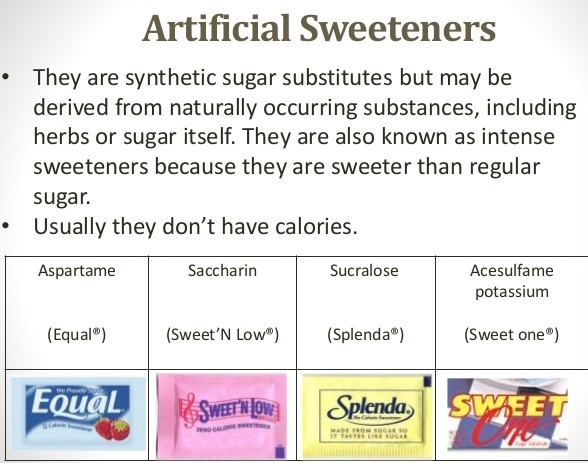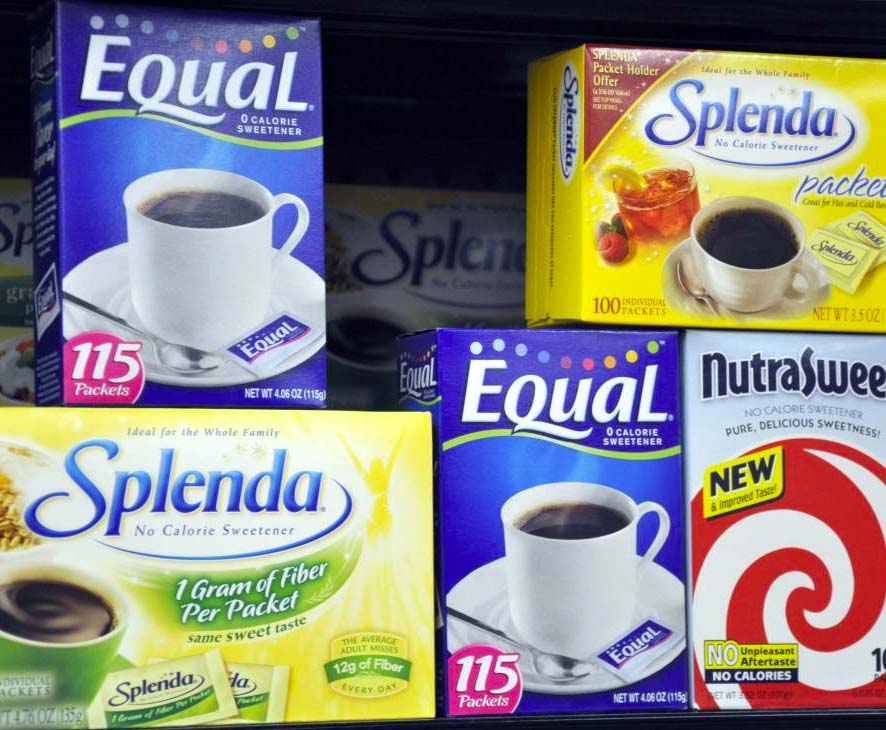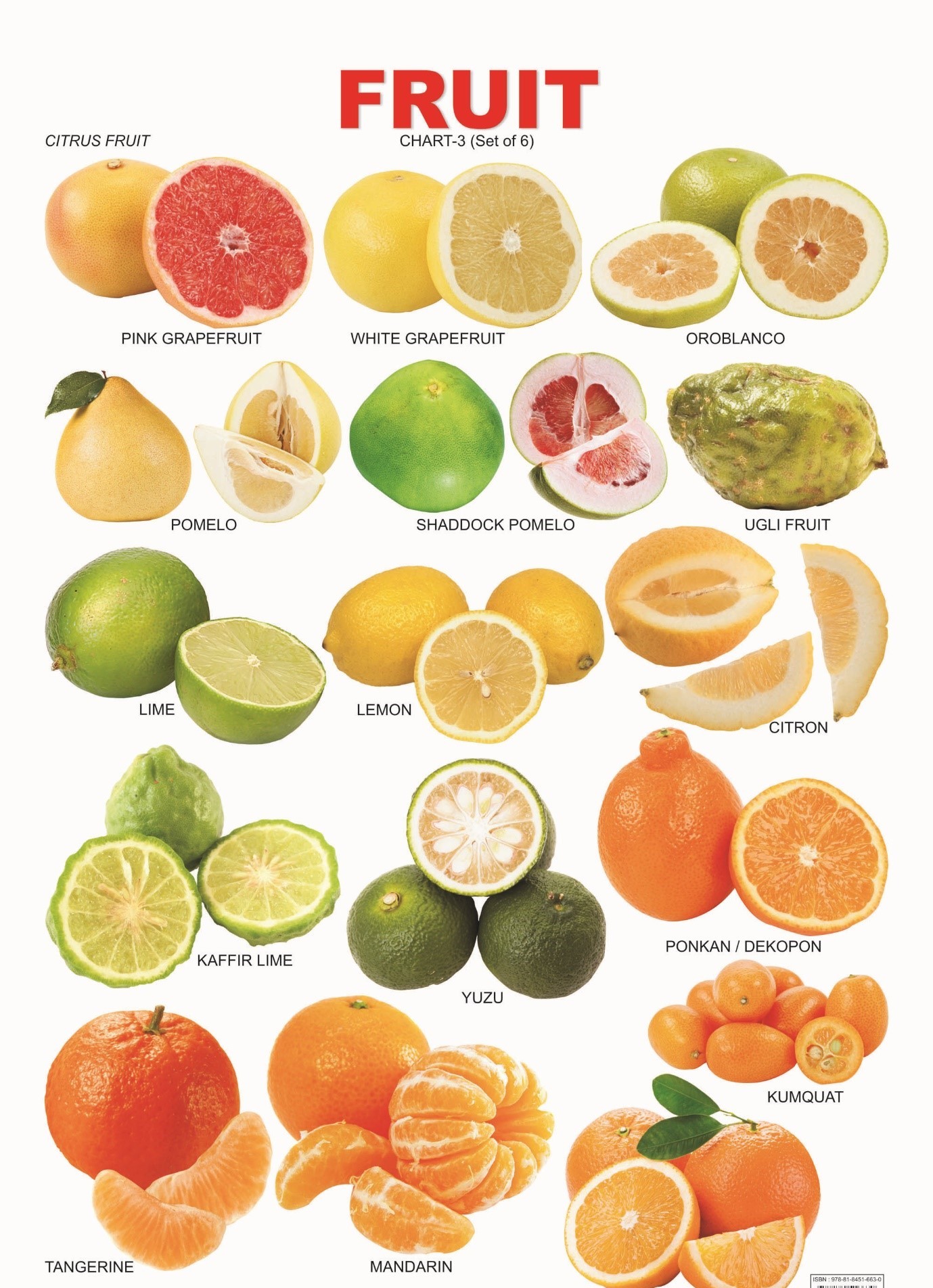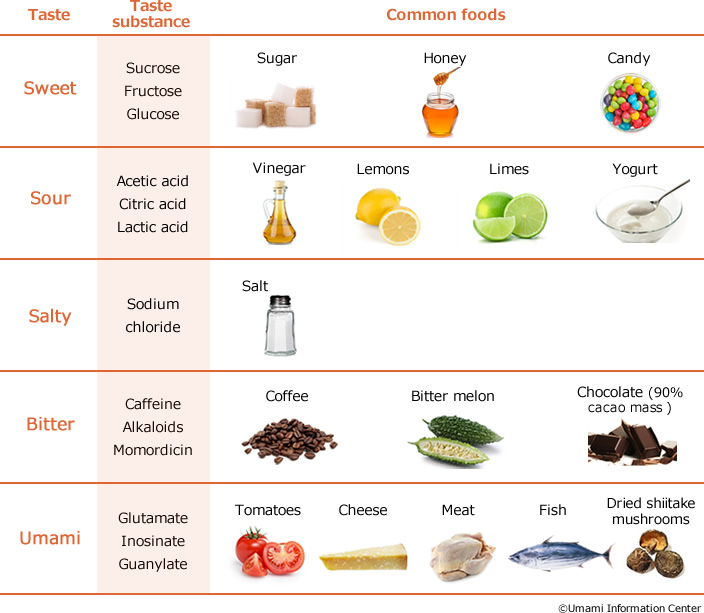A brief detail about Flavour & Taste in Food
What is a Flavour?
Flavour is the sensory impression of a food or other substance, and is determined mainly by the chemical senses of taste and smell. The flavour in food is generally are compounds of Mainly aromatic organic compounds such as Sulphur, oleoresins, esters, aldehydes, acids, alcohol etc. which is present in Volatile oils or Non-volatile oils present of all food items and Flavour also produced by microbiological action during fermentation of sugar.
Of the three chemical senses, smell is the main determinant of a food item’s flavor. While the taste of food is limited to sweet, sour, bitter, salty, umami, and other basic tastes, the smells of a food are potentially limitless. A food’s flavor, therefore, can be easily altered by changing its smell while keeping its taste similar.
Importance of Flavour in Food Preparations
It is very much necessary for all chefs to have very good knowledge and understanding about all volatile & Non-volatile oils found in food from which natural flavour can be extracted during cooking. Whenever food is processed some flavour can be developed & some can lost. These lost flavours can be altered, modified or intensified by the use of additional falvouring agents in the food.
Example of food in which Volatile oil or Non volatile oil found which is responsible for extraction of Flavour.
| Mint | Menthol |
| Thyme | Thymol |
| Cloves | Eugenol |
| Pepper | Piperidine |
| Butter | Diacetal |
| Orange | Limonene |
| Lemon | Citral |
| Garlic | Diallyl disulfide |
| Turmeric | Curcumin |
Caffeine- Coffee also contains alkaloids, volatile aromatic Products and substances belonging to the phenolic series. It stimulates the central Nervous system. The composition of coffee is – 15.30%-nitrogenous substances, 11.40%-fatty matter, 70.2%-caffeine.
Capsaicin-contained in chilies and is responsible for their fiery flavour.it is an oily Substance insoluble in water.
Sin grin – is present in raw cabbage, which in the presence of heat is converted to Isothiocyanate and ultimately to hydrogen supplied- a strong unpleasant smelling Compound. Therefore cabbage should be cooked for a short time, covered with a Lid.
Tannic acid- One of the acids in tannin used for flavoring and as a clarifying agent in beer, Wine, cider, and other brewed drinks.
Acetic acid- Gives vinegar its sour taste and distinctive smell.
Ascorbic acid- Found in oranges and green peppers and gives a crisp, slightly sour taste, better known as vitamin C.
Citric acid- Found in citrus fruits and gives them their sour taste.
Lactic acid- Found in various milk or fermented products and give them a rich tartness.
Malic acid- Found in apples and gives them their sour/tart taste.
Tartaric acid- Found in grapes and wines and gives them a tart taste.
There are 03 basic classification of Food Flavour-
- Natural flavour :- it is usually extremely complex mixtures of many different substances. Sometimes the flavour of natural flavouring agent may depend upon a single substance. Eg:- Clove oil flavour is because of chemical eugenol. Natural flavouring agents are compound of mainly aromatic organic compounds present as volatile essential oils or as non-volatile constituents. Such as resins and oleoresins. They are formed in the plant during normal plant metabolism and remains as such the plant is harvested.
For Example: -The aroma of onion, garlic, cabbage is mainly due to Sulphur-containing compounds. The flavour and aroma of fruits and vegetables are because of the presence of volatile organic chemicals such as esters, aldehydes, acids, alcohols, ketones and ether present as essential oils in natural foods.
- Processed Flavour: – processed flavour develops during processing by decompositions, the combination with other compounds, or formation of a new compound during enzymatic action & Flavour also produced by microbiological action during fermentation of sugar.
Flavour develops during various way of processing of foods:-
- Flavour due to enzyme action
- by microbiological action during fermentation of sugar.
- Flavour formed during cooking and other heat processing.
Eg:- cooked meat flavour, aroma of freshly baked bread or roasted Coffee beans - Undesirable flavours caused oxidation eg: rancidity of oil.
- Odour is because of formation of diallyl disulfide. Such as from while cutting Onion, garlic etc.
- Added Flavour: The flavour which is lost during cooking and processing can be replaced by either Natural added flavour or extract & Synthetic added flavour.
Natural flavour or synthetic flavours are often added to food to increase its acceptability. Role of added flavours has gained importance with advancement in technology being used in food industry and development of new products such as bakery and confectionary items, ready to eat foods, beverage and fast food items.
synthetic flavours which consist of a blend of chemical which smells like the original substances Eg:- Vanillin is the synthetic flavour instead of vanilla.
Characteristic of Flavour enhancer-
Flavour enhancer – There are many popular flavour enhancer which are used in the food industry to enhance the taste & Flavour in the food.
They are chemicals which by themselves have little or no odour or taste. When they are added to food, even in small quantities. They bring out flavour of the food, thus they are capable of enhancing, modifying, or intensifying the original flavour in foods.
- Monosodium glutamate(MSG)- MSG is derived from the amino acid glutamate, or glutamic acid, which is one of the most abundant amino acids in nature. Glutamic acid is a non-essential amino acid, meaning that your body can produce it. It serves various functions in your body and is found in nearly all foods. its content decreases during harvesting to processing to processing causing a natural loss of flavour.
Chemically, MSG is a white crystalline powder that resembles table salt or sugar. It combines sodium and glutamic acid, known as a sodium salt.This can be partly restored by adding MSG to food. It is also known as AJINOMOTTO or Chinese Salt. MSG enhances the savory, meaty umami flavor of foods. Umami is the fifth basic taste, along with salty, sour, bitter and sweet
 |  |
Use of MSG:- It is used a flavour intensifier in soups, sauces, gravies, taste maker and flavourings.
Health Caution:-MSG increases salivation and its excessive consumtion leads to a condition known as “Chinese restaurant Syndrome” in which people suffer from various symptoms such as a burning sensation, migraine like symptoms and chest pain. It is claimed to cause asthma, headaches and even brain damage
Nucleotides:-
They are used as flavour enhancers. It is 500 to 100 times stronger than MSG. MSG & nucleotides are ideally used together in the ratio of 1:50.
1g of nucleotides is used with 50g of MSG. It is used in processed foods such as potato, chips, peanuts, dry and canned soups, sauces, ketchups etc.
- Maltol
Used as a flavour enhancer for sweet flavours. It is found in several plants and is formed when cocoa, coffee, and malt are roasted and in bread when it is baked. It is synthesized from soyabean proteins fermentation and used as a fragrant, caramel flavour addition of fruit based products. Also used in cookies, beverages, in instant pudding mix.
 |  |
Understanding Taste-
Taste is a powerful and complex thing. It’s not just about flavour, or about sweet, salty, bitter or sour. It’s a multi-sensory human experience – a layered effect of appearance, sound, touch, basic tastes, mouthfeel and aroma – all influenced by our cultures, life stages, individual preferences and mindset.
Taste is the perception produced or stimulated when a substance in the mouth reacts chemically with taste receptor cells located on taste buds in the oral cavity, mostly on the tongue.
the five taste modalities:
- sweetness,
- sourness,
- saltiness,
- bitterness,
- savoriness (also known as savory or umami)
Sweetness:- is a basic taste most commonly perceived when eating foods rich in sugars. many other chemical compounds are sweet, including aldehydes, ketones, and sugar alcohols. Some are sweet at very low concentrations, allowing their use as non-caloric sugar substitutes.
Natural sweeteners like sucrose and fructose give sweetness to a substance but they also contain calories which can be harmful to humans when taken in extra quantity.
Artificial sweeteners are substances that are used as substitutes for natural sugar (sucrose), they contain low calories. They are many times sweeter than regular sugar, so they are also referred to as intense sweeteners. Artificial sweetener is one of the most attractive substitutes to sugar as it does not add many calories in our diet. It can be used directly in the processed food as in puddings, dairy products, candy, soft drinks, baked goods, jams and many other foods and beverages. It can also be used after mixing it with starch-based sweeteners.
Examples of artificial sweeteners include:
- Saccharin
- Acesulfame K
- Sucralose
- Aspartame


What is stevia?
Stevia is the common name for sweeteners such as PureVia® and Truvia® that are found naturally in the stevia rebaudiana plant. Unlike other sugar substitutes, stevia originates from a plant rather than being a manmade chemical. However, chemicals are still used in the processing of stevia. Stevia sweeteners provide zero calories and can be found in packets and in a variety of drinks and foods.
Sourness in food
Sourness in food:- is the result of high amounts of acid in foods. Citrus fruits, for example, have high amounts of citric acid, giving them their characteristic.
The sour taste is attributed to acidic nature which is present naturally as
- Citric acid (Citrus fruits)
- Tartaric acid (Tamarind)
- Oxalic acid (Green leafy vegetables)
- Acetic acid (in vinegar)
- Lactic acid (dairy products)
Health benefits of Sour foods
- Nutrient observation from food-Organic acids present in sour foods improves the efficiency of nutrient absorption from foods and therefore, increases the bioavailability of these nutrients to the body. Example- Ascorbic acid in citrus fruits- facilitates Iron absorption & Lactic acid- improves the calcium absorption.
- Liver health-The sour foods, naturally or with the procedure of fermentation, possess bioactive compounds that help in removal of toxins and thus, detoxification. Also, the sour taste of foods stimulates the efficient secretion of digestive enzymes and bile juice, that ensures healthy digestion of fats specifically, preventing the condition of Non-alcoholic fatty liver diseases.
- Antioxidant Property-The sour foods possess the characteristic of free radical scavenging from the body attributed to its antioxidant content .Example- Citric fruits, fermented dairy products
- Sour foods keep us hydrated-Citrus fruits like lemon, orange or the fermented dairy product like yogurt, have a high water content that helps in preventing dehydration. Also, the acidic nature of the food stimulates the secretion from mucous and salivary glands, that keep the digestive tract moist.
- Anti-inflammatory-Due to the presence of antioxidants like phenols and flavonoids, specifically in fruits and vegetables, helps in reducing the incidence of inflammation in the body.
Example of citrus fruits-

Saltiness in Food:-
Saltiness is the salt content in a medium. The most used salt in food is sodium chloride (NaCl), which is also present naturally. Moreover, it can be added as sodium nitrate, sodium bicarbonate (baking soda), monosodium glutamate, potassium chloride (KCl), and calcium chloride (CaCl2). The addition of salt to food has a technological function to enhance flavor, improve texture, and inhibit microorganism growth.
From a culinary perspective, salt has many desirable properties. Added salt improves the sensory properties of virtually every food that humans consume, and it is cheap. There are many reasons for adding salt to foods. The main reason is that, in many cases, added salt enhances the positive sensory attributes of foods, even some otherwise unpalatable foods; it makes them “taste” better.
Example of food which is rich in salt-
- Canned meat, poultry & sea food
- Ham, bacon
- Cheese
- Canned vegetables
- Cold cuts such as sausage & salami
- Pretzels
- Pickles
Bitterness in food
Bitterness can be described as a sharp, pungent, or disagreeable flavor. Bitterness is neither salty nor sour . Compounds that have an alkaline pH, such as baking soda, often have a bitter flavor. Bitterness is one of the most sensitive of the tastes, and many perceive it as unpleasant, sharp, or disagreeable, but it is sometimes desirable and intentionally added via various bittering agents. Common bitter foods and beverages include coffee, unsweetened cocoa, South American mate, coca tea, bitter gourd, uncured olives, citrus peel, The ethanol in alcoholic beverages tastes bitter

What Foods Are Bitter?
Dark, leafy greens are well known for their bitter flavor. Often, leafy vegetables increase in bitterness as they mature. Greens that are well known for their bitter flavor include kale, dandelion greens, and broccoli. Cocoa is another food that is enjoyed for its bitter flavor. Pure cocoa has a distinct bitterness, which can be used to balance flavors like sweet or spicy in other foods. Other fruits and vegetables that may provide bitter flavors may include grapefruit, bitter melon, mustard greens, and olives. Beverages such as tonic water, bitters, and mate tea are all also considered bitter.

Savoury, or savouriness in Food
Savoury food is salty or spicy and not sweet in taste. In the world of cuisine, savory is also often used to mean the opposite of sweet, or salty. Savory foods are those kind of foods which contains more flavour of spices as compared to sweetness in any dish. Savoury Dishes can be served hot, warm, room-temperature or chilled. They can be spicy, moderate or plain.
Umami is one of the five basic tastes, alongside sweet, bitter, salty, and sour. It was discovered over a century ago and is best described as a savory or “meaty” flavor. The word “umami” is Japanese and means “a pleasant savory taste.”
Scientifically speaking, umami refers to the taste of glutamate, inosinate, or guanylate. Glutamate — or glutamic acid — is a common amino acid in vegetable and animal proteins. Inosinate is mainly found in meats.
Example of Savoury food or Umami food:-
- Seaweeds- this is a great source of umami flavor due to their high glutamate content.
- Soya based food- processing and fermenting soybeans raise their total glutamate content,
- Aged cheese- Aged cheeses are high in the umami compound glutamate as well.As cheeses age, their proteins break down into free amino acids through a process called proteolysis. This raises their levels of free glutamic acid
- Kimchi- Kimchi is a traditional Korean side dish made from vegetables and spices. These vegetables are fermented with bacteria, which break down the vegetables by producing digestive enzymes, such as proteases, lipases, and amylases
- Green Tea- green tea is high in glutamate, which is why it has a unique sweet, bitter, and umami taste. Dried green tea contains 220–670 mg of glutamate per 3.5 ounces (100 grams)
- Seafood- Seafood can naturally contain both glutamate and inosinate — also known as disodium inosinate. Inosinate is another umami compound that is often used as a food additive
- Meat- Dried, aged, or processed meats have considerably more glutamic acid than fresh meats.
- Tomato & Mushroom – vegetable like Mushroom & Tomatoes are one of the best plant-based sources of umami flavor.

